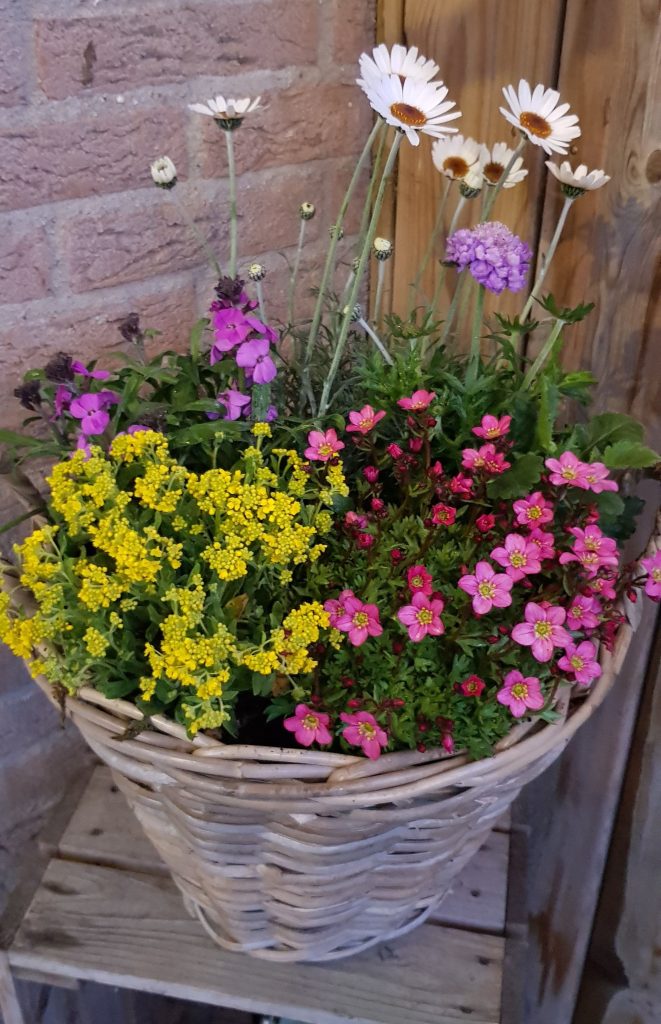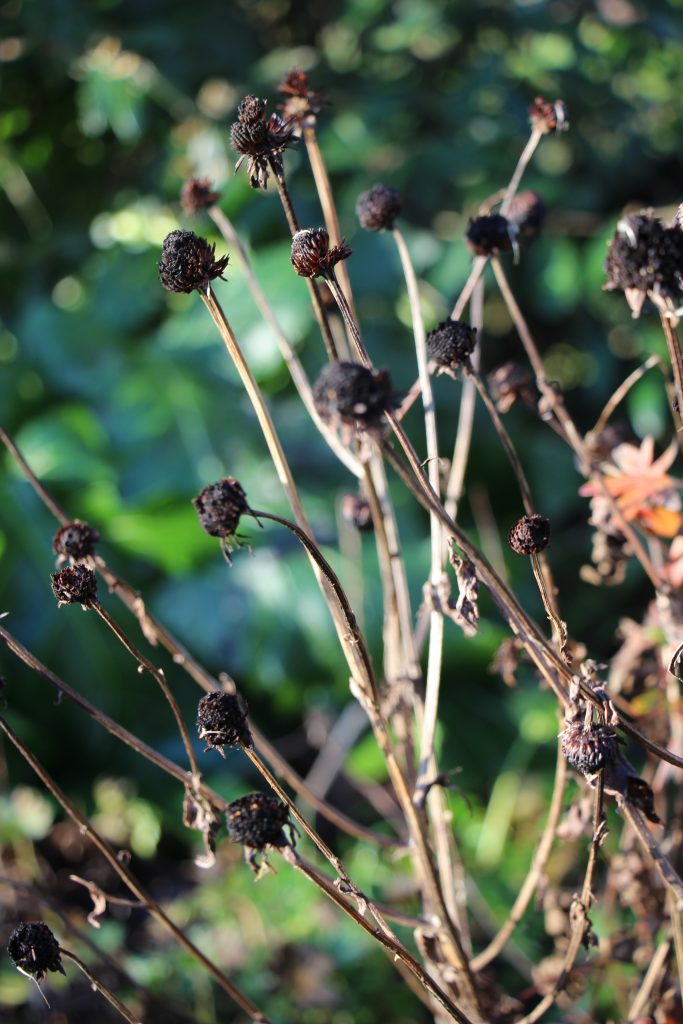Now is the time to fill the empty spaces in your garden! You can plant early flowering perennials to brighten up borders in the garden. In a spring garden, a combination of perennials and previously potted bulbs provide plenty of color. Just be careful not to plant them on top of dormant plants that will come up later. How do you do this, planting plants?

- Use a garden shovel to dig a large hole where you will put the plant. Loosen the soil well so the plant can grow easily.
- The hole should be larger than the root ball of the plant, and the soil should be well loose.
- Fill a bucket with water and submerge the plants in it until no more bubbles come out. This ensures that the roots get enough water to grow properly.
- Add some compost to the hole and mix it with the loose soil. This will give the plant extra nutrition.
- Place the plant in the hole at the correct height, with the top of the root ball flush with the level of the soil. Note that the soil around the plant may still sag a bit.
- Press the soil firmly around the roots so that they make good contact with the surrounding soil. This helps the plant to grow well.
Spring bloomers don’t just do nicely in the border but also in pots, think Rhodanthemum (Moroccan daisy), Saxifraga (Stone Break), Aubrieta (Fringe Flower), Alyssum (Rock Peel Seed) or Arabis (Skewers). Create a cheerful combination for a real spring feeling!
What else can you do in March?

- Cut off spent flower stems of hardy perennials to make room for new shoots.
- Place supports that tall perennials can grow through or have support from, think Malva (Cheesewort), Delphinium (Delphinium), Red Stanemons, Salvias (Sage) and Echinacea (Sun Hat). You can use iron plant supports for this, but prunings from shrubs and trees also work very well. Ideally, place these supports near the plant as soon as it starts to grow. Push them at least 30 cm deep into the ground. Then carefully tie the stems to the supports with plastic plant rings. Binding tube is also useful. This is an elastic wire with a soft outer surface that does not damage the stems.
- Keep paths clear of weeds before they spread. Remove weeds in gravel paths with a hoe or garden fork. Then remove all debris and rake the surface smooth.
- Remove algae from tiles to prevent slipperiness. Use a pressure washer to do this. Alternatively, you can use sharp sand and a hard broom to scrub the tiles clean. This will save water.
- Make sure the grass does not grow over the paths by trimming the lawn edges next to the paths. And then mow the grass for the first time.